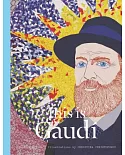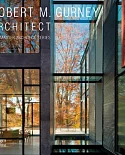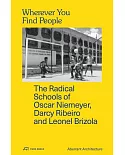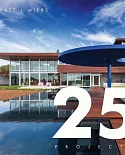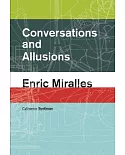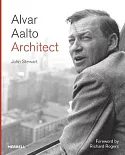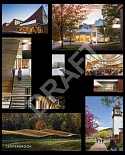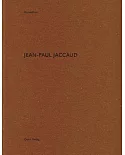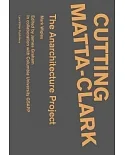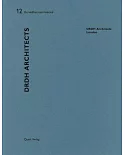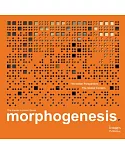Lawrence Murray Dixon (1901-1949) was a native Floridian whose career started in New York where he worked for Schultze and Weaver, the firm famous for designing the Waldorf Astoria Hotel.
Like most of the architects practicing in the boomtown that was post Depression Miami Beach, Dixon was outside the American architectural establishment-- he did not receive a complete
architectural education, nor did he complete anything like a grand tour. He was nevertheless the most prolific architect practicing in Miami Beach in the late 1930s and early 1940s, building
all types of commercial and residential buildings from the smallest house to the most lavish oceanfront hotels. Perhaps most importantly, Lawrence Murray Dixon was one of the first architects
to build large-scale hotels in the Art Deco style in Miami Beach, bringing in the jazz age style of machine-age optimism and prosperity. Yet, what makes Miami Beach remarkable is not only the
way in which Dixon and his colleagues used Art Deco to meet the local need for lower cost resort architecture, but the way in which they adapted the style to incorporate local motifs and
historical styles. The result is the unique architecture of South Beach, as it is now known, the largely restored international vacation hotspot, and the country's first twentieth-century
architectural district to be placed on the National Register of Historic Places.
Dixon's archive, one of the era's most complete, is now in the collection of Miami Beach's Bass Museum of Art. Its drawings and marvelous duotone photographs (mostly from New York
photographers Gottscho & Schleisner) form the backbone of this book and show these landmark buildings in their original, pristine state. Allan Shulman and Jean François Lejeune were
afforded full access to this treasure trove of rare images. But their research and writing is not limited to Art Deco architecture in Miami Beach alone-- Shulman and Lejeune look to the
World's Fairs, the skyscrapers of New York, and the skylines of other twentieth-century cities, like Tel Aviv, Rio de Janeiro, and Casablanca. This makes The Making of Miami Beach
1933-1942 the most complete, up-to-date and highly researched history of Art Deco architecture as it was adapted to the utilitarian, yet fantastic, needs of South Miami Beach.


